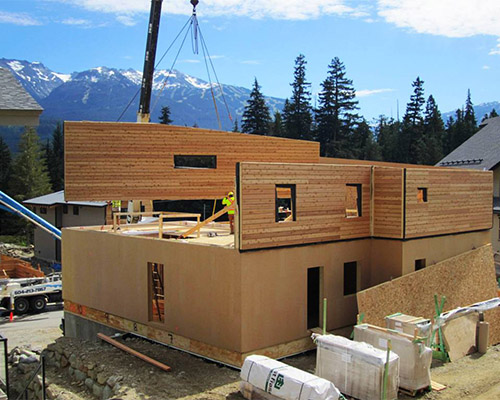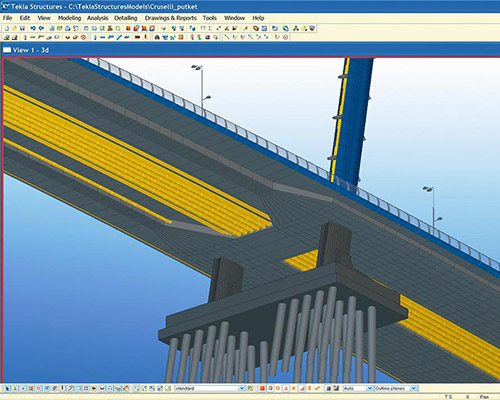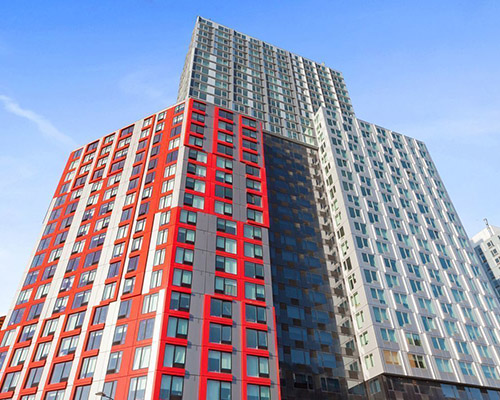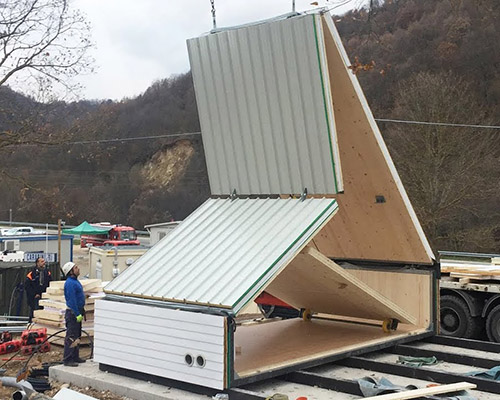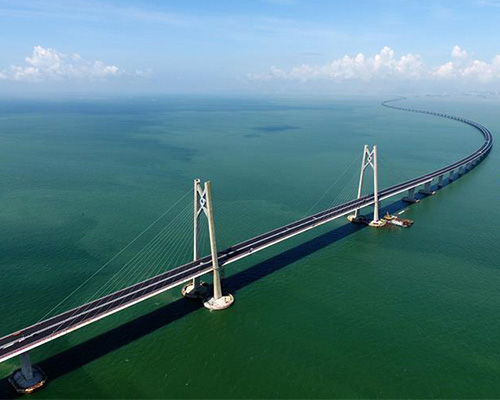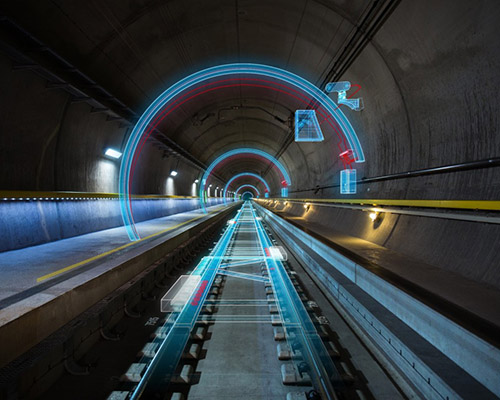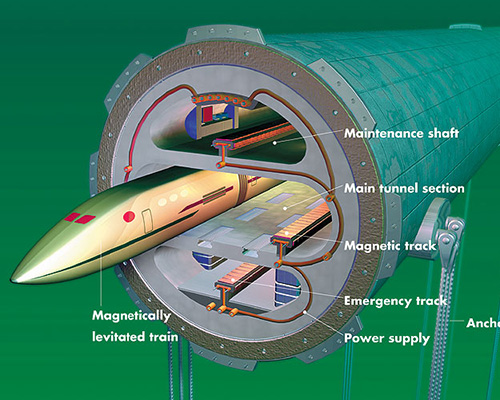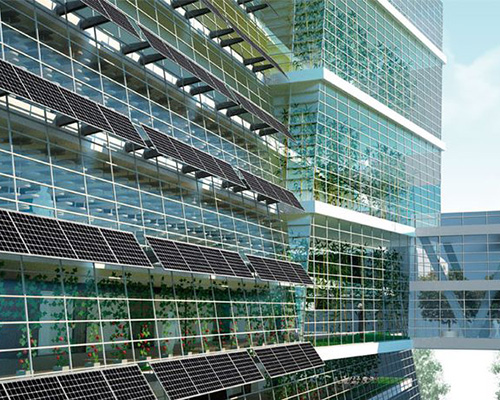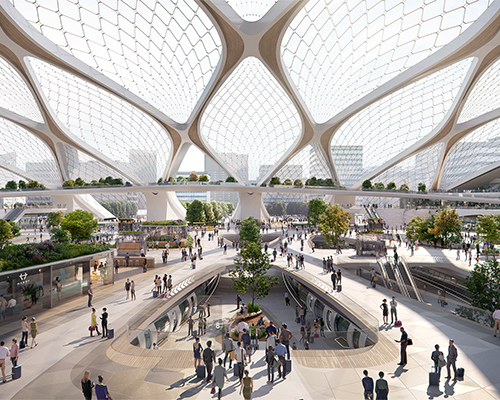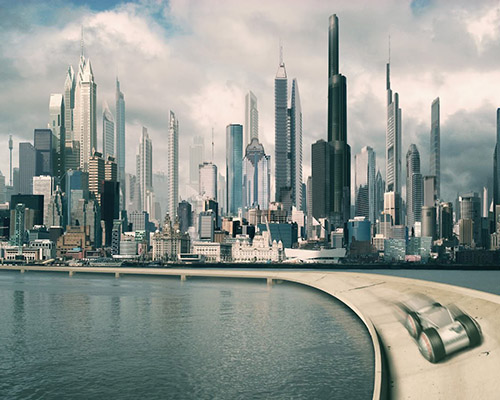As a framework, Scarcity Zero is designed to revolutionize how we generate energy to in turn revolutionize how we acquire resources. The purpose of this design is to solve resource scarcity - the core human malady that has held us back since the dawn of time - and to further solve the environmental damage humanity has wrought in our dogged pursuit of finite resources.
Yet once we achieve this goal, we wouldn't need to continue devoting the immense resources, blood, soul and treasure into mitigating the consequences of scarcity, both at home and abroad. The implications of a scarcity-free world present transformational shifts throughout our social fabric and mainstays of state spending, and powers a cyclical effect that has unrivaled potential to improve our quality of life.
To see how, recall that the primary cost factors and logistical difficulties of scaling power-generating capacity stem from the fact that most power plants today are built as unique, non-standardized systems. Yet this is also true of social infrastructure. Structures today - from bridges, highways and skyscrapers, to houses, schools and hospitals are nearly all designed and built to order. Much of the infrastructure of our society, at least before the late 1970's, was designed and built without the aid of a calculator. And every brick laid, bolt fastened, seam welded, wall framed, screw driven or nail hammered was done so by hand - each and every time.
Scarcity Zero seeks to change this not only through the indefinite provision of inexpensive resources and drastically reduced energy costs, but also by leveraging both to upgrade our social infrastructure through automated, computer-aided manufacturing at high degrees of precision.
We are already beginning to see the benefits of this approach through advances in structural prefabrication.[1] Whereas it used to take upwards of a year to build a single family home or even longer for a commercial building, we can now virtually design buildings on a computer, build the components for each in a factory and assemble structures on-site in a manner of days.[2]
This presents revolutionary implications to housing because it allows us to inexpensively provide quality shelter to anyone who needs it. While this of course doesn't invalidate market forces of real estate, the workforces inherent to the construction industry, nor the underlying, non-infrastructural causes to homelessness,[3] the fact remains that technology today can allow us to inexpensively solve the concept of homelessness outright.[4] We've wrestled with how to shelter the least fortunate members of our society since the dawn of the modern era. Yet today, technology enables us to extinguish the concept of homelessness as a casual function of will.[5]
But housing is simply the start, as technology affords us new opportunities for drastically expanding the scale of our social infrastructure. We've already touched on applications of this through integrated renewables and the National Aqueduct, but it also applies to things like megabridges, megatunnels, widespread communication networks and the architectural marvels that can define the next-generation cities of tomorrow.
This ultimately goes beyond thinking bigger and building larger. From the year 200,000 B.C.E. until the mid-1800s, the fastest a human could travel was on horseback. Yet by the start of the 20th century we had the train, automobile and the aircraft, and we landed on the moon less than 70 years later. The light bulb, internet, cellphone, computer, skyscraper, satellite and spacecraft were all invented in roughly the past 1/2,000th of our history. We've been able to accelerate our rate of collective ascension by building off the achievements and discoveries of the generations that got us this far - and today have amenities that were unthinkable even when today's retirees were born.
It is this drive and this mindset that encompasses the foundations of this project: to remove the barriers that hinder both our capabilities and will to collectively ascend. To build a better world because we can build a better world, not just for those who came before and those who will come after, but also for ourselves - so that our time may know what becomes possible when we make the choice to build great things as a testament to what we are capable of should we invest in the best of our natures.

